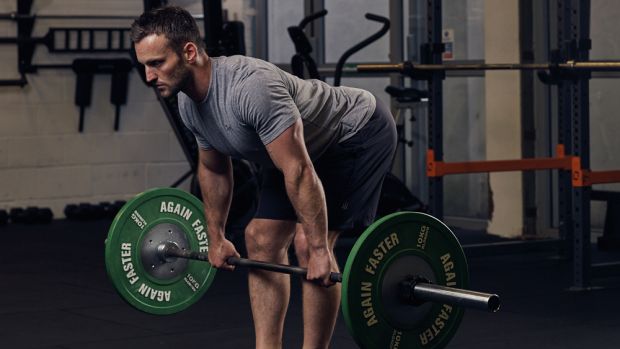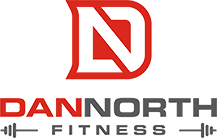There’s so much going on in such a short movement. Picking up a weight from the floor is a fast movement which requires optimal set up and positioning to perform effectively. There are cues to help you better understand how to position yourself and create a stronger mind-body connection.
1. HIPS BACK
Initiate the movement by setting your hips back. In terms of hip movement during deadlifts and other hinging exercises, your hips travel back and forward on a horizontal plane. Whereas in squats, your hips travel in a vertical plane. So when you are performing exercises like romanian deadlifts or kettlebell swings, initiate the movement by pushing the hips back.
2. KNEES SLIGHTLY BENT
Romanian deadlifts require ‘soft knees’ or slightly bent knees in order to perform optimally. This gives you a stronger set up in the legs and more support in the knees from your quads and hamstrings.
3. BAR CLOSE
Always keep the barbell close to the body throughout the entire movement. One of the most effective cues I use with clients is to imagine a video recording of them performing the RDL with their body edited out of the video and only the bar remaining. Imagine the bar travelling in a linear path.
4. TALL HIPS
Another highly effective cue I use with clients is from Dr. Joel Seedman. Imagine two strings, one attached to your hips and one attached to your chest. The string attached to your chest is pulling your torso forward on an angle toward the floor, while the string attached to your hip is pulling upward toward the ceiling. This keeps your hips tall throughout the movement to maintain proper hip function and hamstring engagement.
5. NEUTRAL SPINE
A flat back or neutral spine is the optimal posterior set up for the RDL. Avoid slouching in the upper back or hyperextending your lower back throughout the movement.
6. CORE TIGHT
Proper core activation is needed throughout a demanding lift such as the RDL to support the lumbar spine. Brace your core by breathing in through the stomach and down at the ribs.
7. FLEX LATS
Your lats are one of the prime movers and supporters of the RDL. While this exercise is a lower back/hamstring dominant movement, your lats must be engaged in order to support the upper back and maintain optimal spinal alignment.
8. PUSH THROUGH THE FLOOR
Push through the floor and imagine you are spreading the floor. One of my favourite cues to use with clients who are performing back squats is to imagine standing on a sheet of paper and ripping it apart. This engages the glutes and maintains strong knee positioning. The same applies to RDLs; push through the floor in order to engage the glutes and avoid valgus collapse.
9. PULL TO THE HIPS
With your lats engaged, pull the bar into the hip as you reach full extension. This will keep the bar close to the body and maintain a linear bar path.
10. HIPS THROUGH
Pull the bar in as you push your hips through to complete the movement. A common error here is hyperextending the lower back with improper glute/hip function by pushing the hips forward excessively.
When you’re locking out…
Pull in with the lats, push through the floor to activate glutes, push the hips through to complete the movement.





